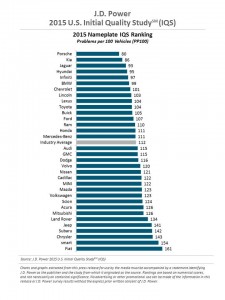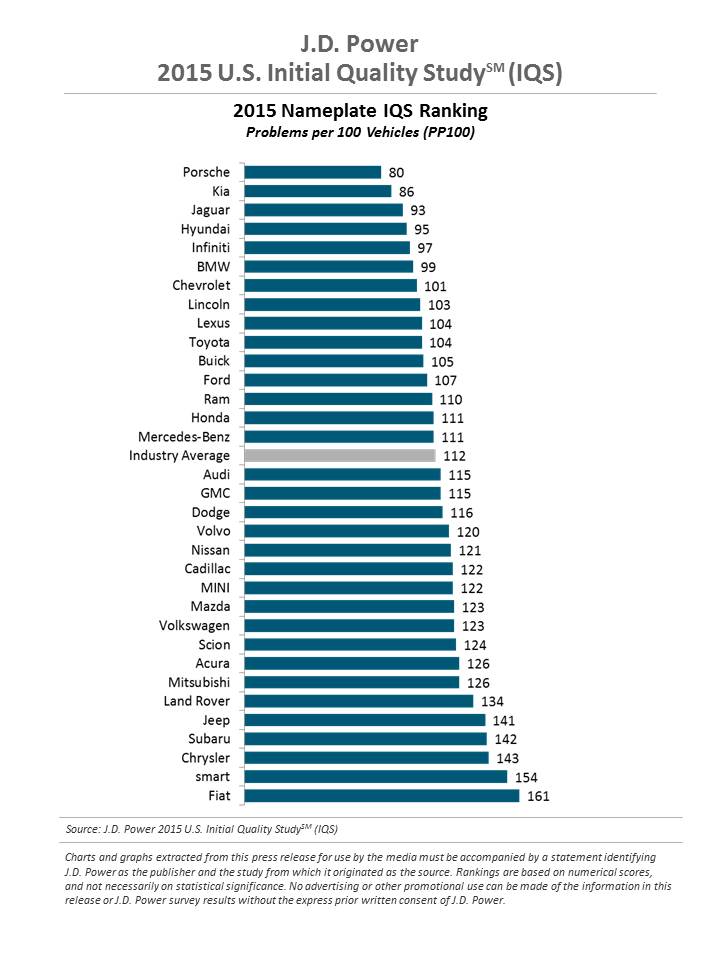Most customers purchasing a new vehicle would like to think that the premium they paid for a new vehicle provides them with the peace of mind and reliability of a thoroughly tested vehicle with no wear and tear.
While the mechanical quality of vehicles is at an all time high, it would surprise many casual vehicle purchasers to find out just how often new vehicles have mechanical problems. There is a reason why most new vehicle manufacturers schedule the first service around 1500km’s, and then schedule services every 10000km’s after that.
These issues can be further exacerbated if the vehicle is purchased for business purposes and is an integral part of a companies business operations. This can be further complicated for tradespeople who often also carry specialised tools with them. For some of these businesses, having their vehicle off the road for repairs can bring their business to a standstill.
An American global market research company named J.D. Power conduct an annual study, the ‘U.S. Initial Quality Study’, that examines how often individuals experience problems within the first 90 days of owning their new vehicle. They determine quality by the number of problems experienced per 100 vehicles sold (PP100), with a lower score indicating higher quality.

While 2015 saw a decrease in the average number of problems experienced, the trend of these studies has seen a increase in problems experienced in new vehicles. J.D. Power have attributed this to the significant increase in high-tech vehicle extras, such as Bluetooth phone pairing and voice recognition software, as standard options on new vehicle models.
In their press release for the 2015 Initial Quality study, J.D. Power stated “entertainment and connectivity systems remain the most problem-prone area for a third consecutive year, with voice recognition and Bluetooth pairing continuing to top the problem list.”
“The majority of models included in the study that have voice recognition systems experience 10 or more PP100 related to this feature.”
A large percentage of the problems experienced by new vehicle purchasers are peripheral problems with no impact on the driving ability of the vehicle. These problems have no financial burden on the customer as they are covered by the manufacturers warranty.
However, having a vehicle off the road for repairs can significantly impair an individual’s schedule, especially if the vehicle is required for business purposes.


